There’s a troubling conflict surrounding firearm storage. On the one hand, you want your guns to be safely stowed away from children and nosy guests, but on the other you want to ensure you can get to them easily enough to protect yourself in the event of a conflict. Unfortunately, there’s not an obvious way to accomplish both goals. If your guns are tucked in a combination safe, you won’t have to worry about them getting into the wrong hands. However, you’re probably a good 2-3 minutes away from being able to access them when you need them.
Likewise, other types of security techniques tend to put your guns in a state that makes them difficult to get to, which is hard to reconcile with your purpose for owning them in the first place… protection.
Thankfully, there is at least one effective way to get around this problem. Two if you count keeping your gun holstered on your person at all times. The other method is the biometric safe, which Off the Grid News says is a more viable option than ever:
Biometric safes have evolved by leaps and bounds and can be activated only by the user’s fingerprints. This gives quicker access than the various keyed and combination locks common to most safes and lock boxes. Best of all, the technology behind these is no longer prohibitively expensive.
The best recommendation, however, is to keep your defensive handgun in a comfortable holster and wear it at all times or as often as you can.
That way it is always completely under your control while remaining easily accessible.
Most children who pick up a firearm and have an accident do so because they think the firearm is a toy or they do not grasp the reality of the outcome of a gunshot.
To help teach children about gun safety, the National Rifle Association has a program called “Eddie Eagle.” The program is designed to teach children how to act if they come across a firearm.
It is a simple mantra, not unlike the one most children are taught to protect themselves from burning in a fire: Stop, drop and roll.
This is designed for preschoolers through fourth graders and, in my opinion, should be mandatory for all children. Even if they don’t have a firearm in their home, other family and friends may have firearms in theirs. Here’s what the NRA teaches children to do if they find a gun:
- Stop: The first step is the most critical. A mental note to stop gives the child a cue to pause and remember the rest of the safety instructions.
- Don’t touch: Firearms are not sentient and capable of acting on their own. If a firearm is left undisturbed it will not be fired and thus poses no risk.
- Leave the area: This takes the child away from the potential source of danger. Your child may not pick up the firearm, but another child might.
- Tell an adult: Children are taught to find a trustworthy and responsible adult such as a neighbor, relative or teacher if a parent or guardian is not available.
These four simple steps are only the first layer in a network of safety to prevent a child from having an accident with your firearm.
Do you agree with this? How would you suggest keeping your firearms secure without compromising accessibility?
Tell us in the comments.







![Are Compensators Worth It? [Video]](https://preparedgunowners.com/wp-content/uploads/2025/07/Depositphotos_815431992_S-218x150.jpg)




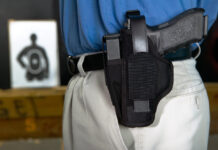
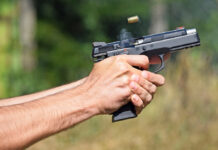
![Would-Be Robber Takes The Tueller Drill Challenge [Video]](https://preparedgunowners.com/wp-content/uploads/2025/10/Depositphotos_50626839_S-218x150.jpg)

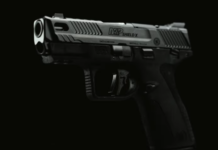
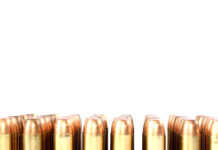

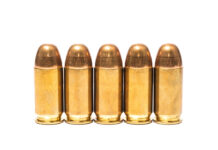
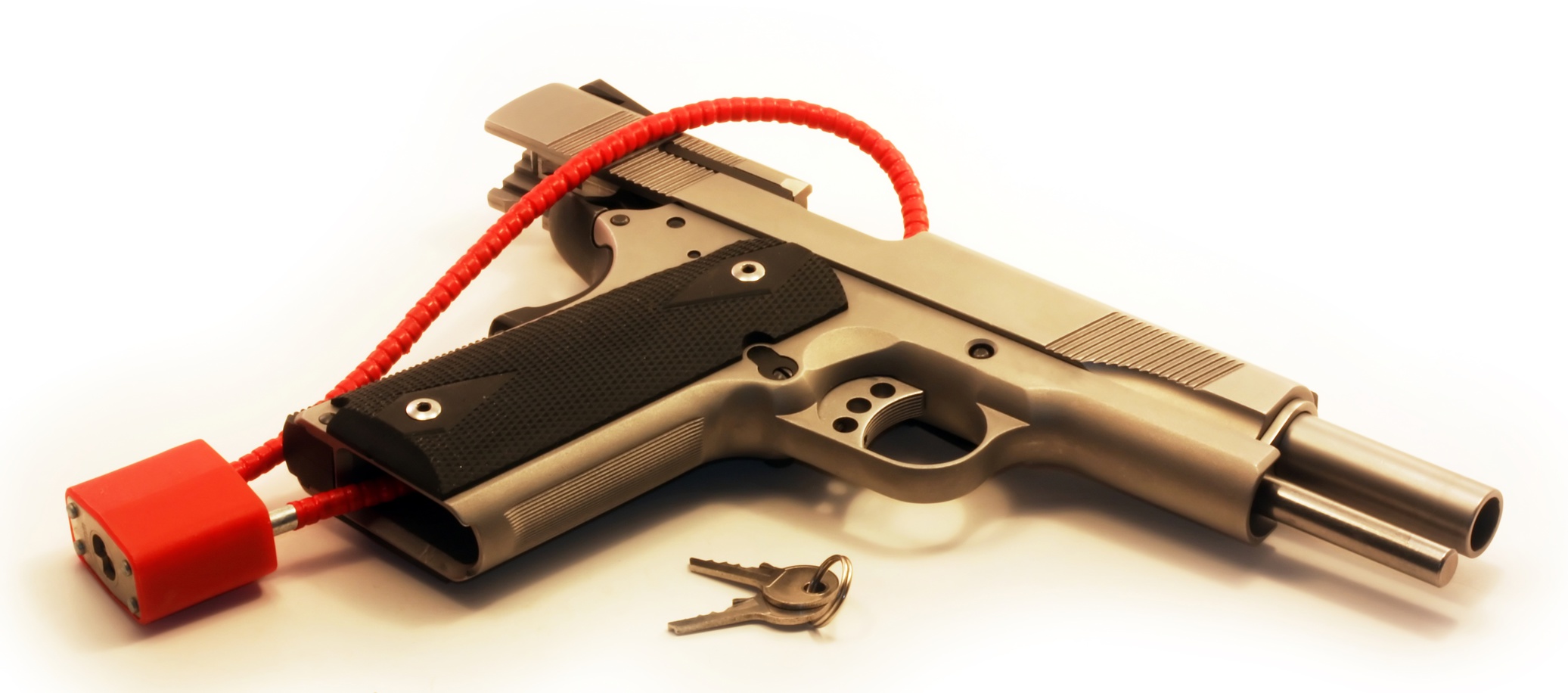


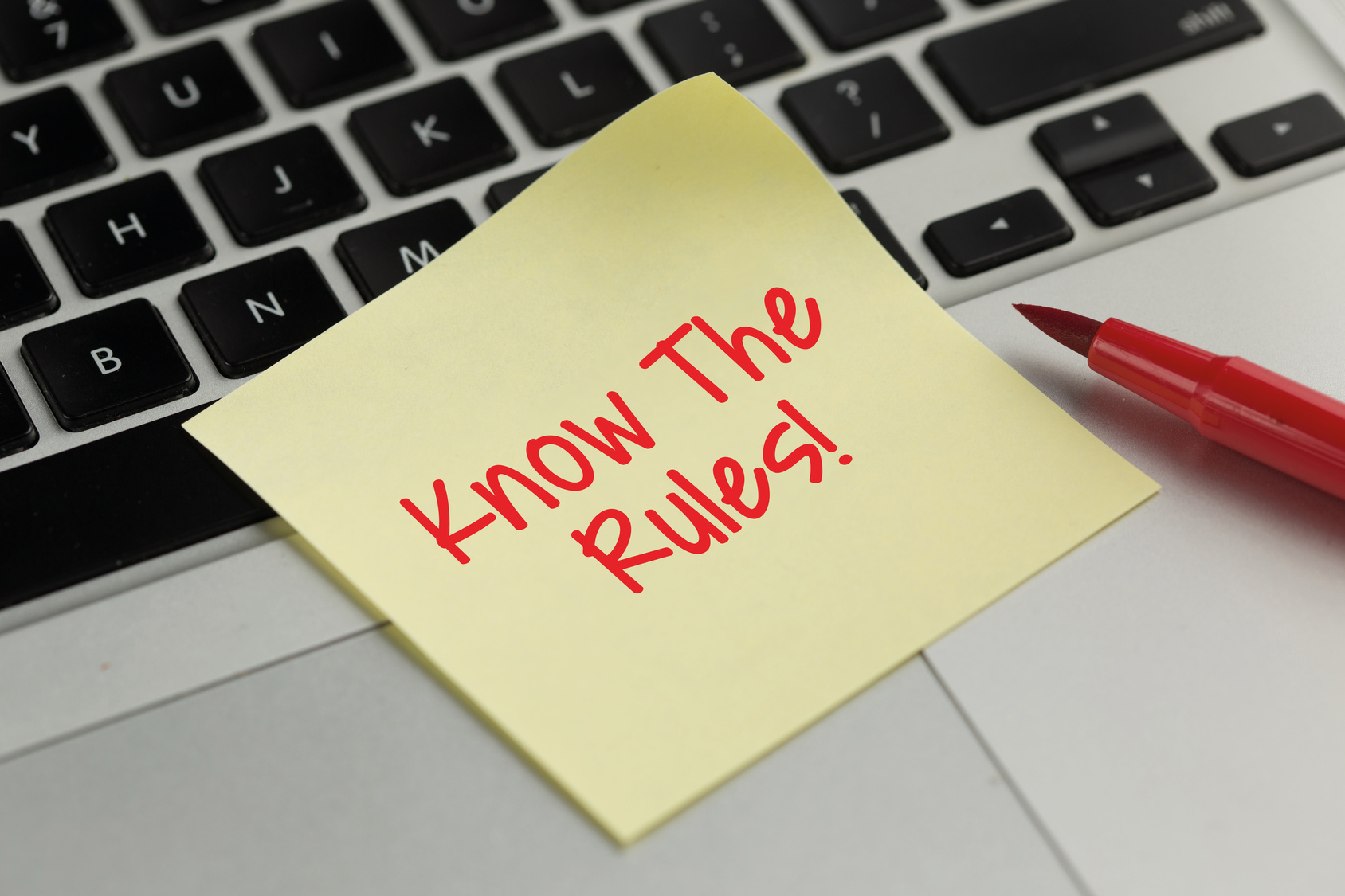
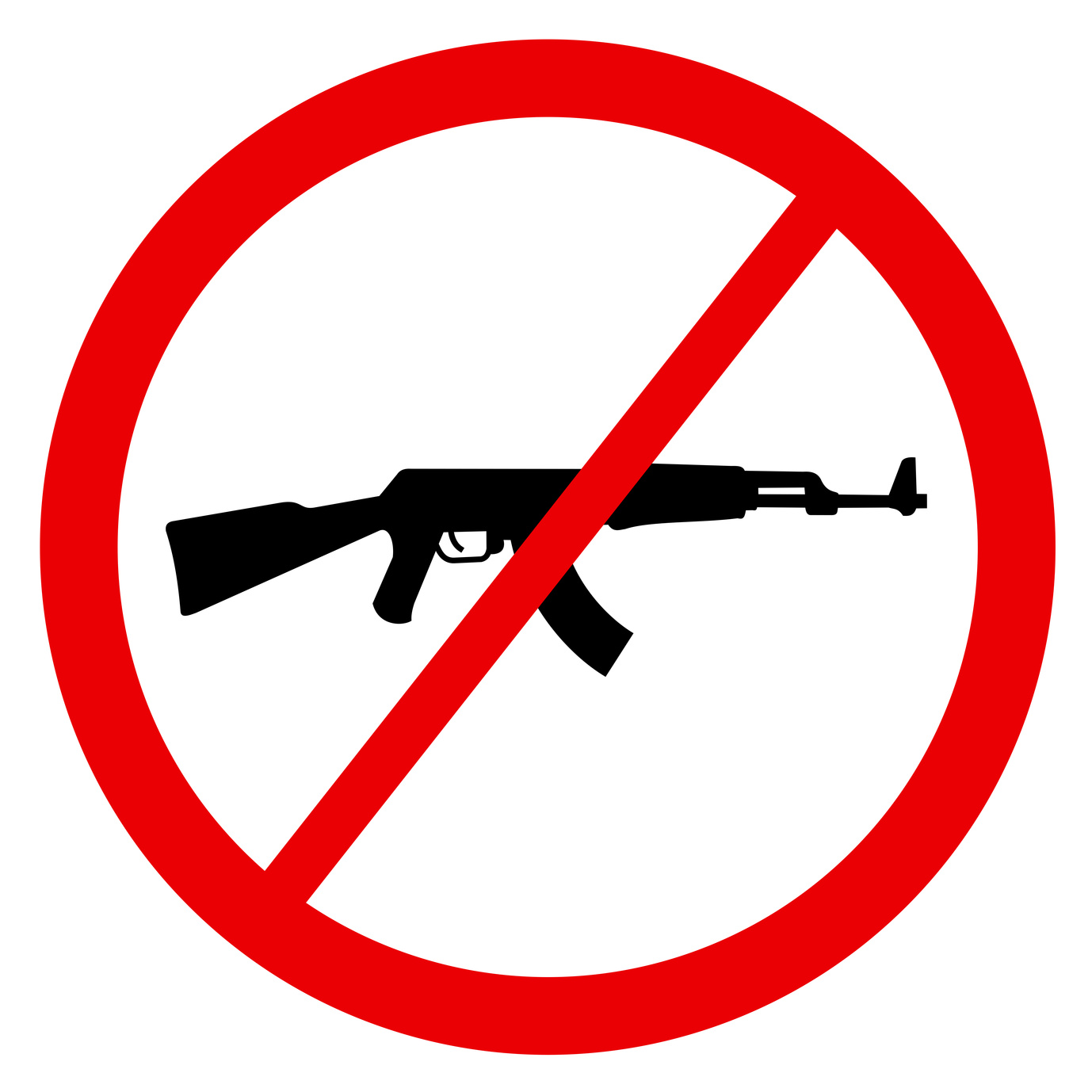
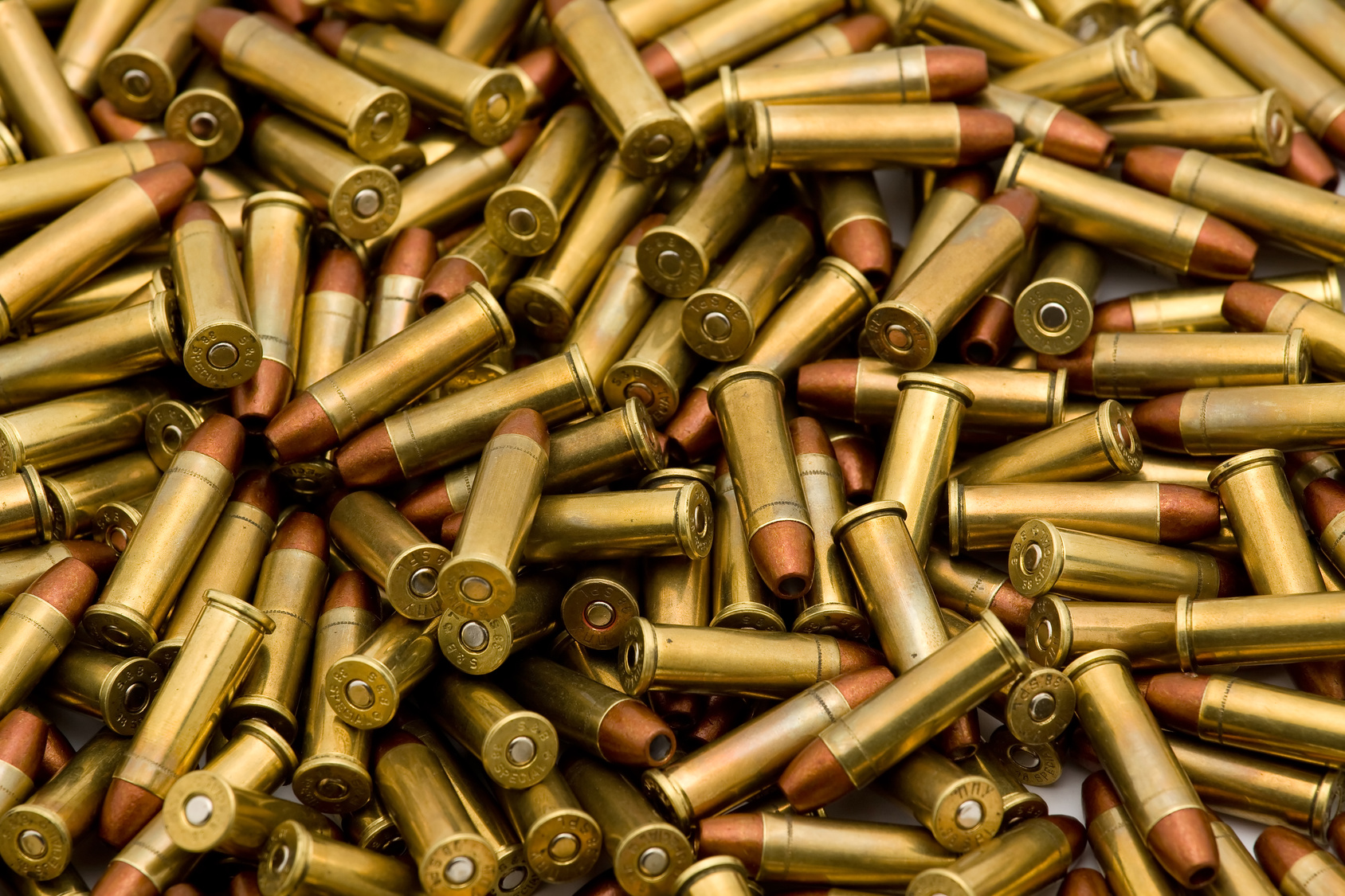





![Optic Ready vs Milled slides? [Video]](https://preparedgunowners.com/wp-content/uploads/2024/02/image-3-100x70.png)
![[Checklist] What Gear You Need To Take Pistol, Rifle & Shotgun Training Courses [Video]](https://preparedgunowners.com/wp-content/uploads/2023/07/Depositphotos_275087632_L-100x70.jpg)
![What is in Carter’s 2023 EDC? [Video]](https://preparedgunowners.com/wp-content/uploads/2023/07/Depositphotos_146856137_L-100x70.jpg)


